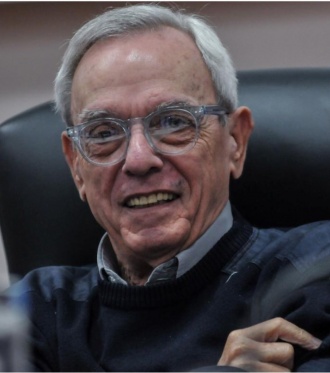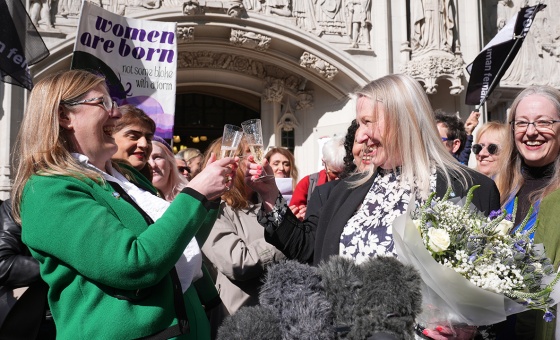This is the last article you can read this month
You can read more article this month
You can read more articles this month
Sorry your limit is up for this month
Reset on:
Please help support the Morning Star by subscribing here
BORN into poverty, Eusebio Leal Spengler was a historian by calling who blossomed, like the majority of his fellow Cubans, after the 1959 triumph of the socialist revolution.
The turning point in his life came in 1982, when he successfully argued for historic Old Havana to be listed by Unesco as a World Heritage site, kick-starting the campaign to restore that part of the city.
Architecturally eclectic, Old Havana became Leal’s laboratory. His aim was to preserve not just the integrity or authenticity of the old buildings but to also restore all their public, civic and domestic functions.
He revitalised forgotten traditions, breathing renewed life into the quarter.
“Leal knew how to teach us to look at Havana without provincial resentment because he convinced us that its symbolic embrace included the whole nation,” said one commentator.
What followed was nothing short of miraculous, given the US blockade and the collapse of the support from socialist states in eastern Eur

ope.
Great buildings of immense community and heritage value were renovated with the support of Unesco.
They include the House of the Marquises of Prado Ameno — today the House of Poetry and the Literary Lyceum of Havana — the Firemen’s Museum, protected residences for the elderly and Casa de las Tejas Verdes (House of the Green Tiles), a centre for the promotion of modern and contemporary architecture.
Also on this stunning list is the El Arca museum and puppet theatre and the National Capitol, seat of the National Assembly of Peoples Power — the Cuban Parliament — which last year marked the 500th anniversary of the parish of San Cristobal de La Habana.
Deeply religious, the Catholic Leal was a moral and modest man with an enviable common touch. He was equally at ease with Old Havana street stall holders, passers-by, bricklayers, Fidel Castro and people in academia at home and internationally.
In the third volume of his extensive work Para No Olvidar (So That It’s Not Forgotten), Leal wrote: “I have heard that the process of restoring Old Havana is romantic, idealistic.
“If this were so, we should not be ashamed, for poor are those who exclude poetry from any creative act.
“We touch the hearts of our fellow citizens every day, imbuing each initiative with a high human content, one of solidarity and exaltation, blowing life into what seems dead or forgotten.
“Underdevelopment does not generate memory but loneliness and despair … Virtue and intelligence together must guide us in the need to go back into history to find what has already been discovered.”
Those involved in the restoration project — social scientists, art historians and tradesmen — were faced with a daunting challenge.
“The panorama was so complex that the precariousness of [Old Havana] was such that it would be an act of vanity to claim that we had restored it,” Leal stressed.
“Rather, it contributed decisively to shaping the character and style of our work, inducing us to preserve the patina of time and to overcome the difficulties of the present.”
While Cuba salutes and mourns its remarkable son, who embodied the very essence of its revolution, perhaps it is apt to leave the last word to those he held in such high regard — poets.
Cintio Vitier describes Leal as “the recreator of the all-time poem of Old Havana,” while Fina Garcia Marruz asserts that “the stones will remember him long after people will have forgotten.”











